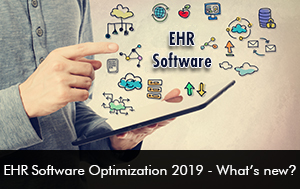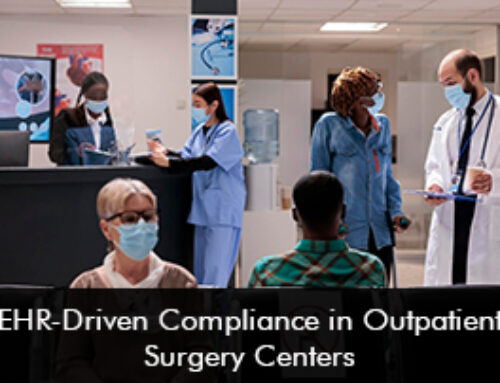Since the implementation of Meaningful Use (MU) initiative as a part of the 2009 American Recovery and Reinvestment Act by the Federal Government, medical practices started shifting to Electronic Medical Records (EMR) Software. Till early 2015, 9 out of 10 medical practitioners had adopted the EMR Software completely. Now, in 2019, there are hardly any practices left behind.
The adoption rate of Electronic Health Records (EHR) Software has grown exponentially over the last few years, however, the dissatisfaction of medical practices with their EHR Software has also continued to increase at an accelerated pace.
Dissatisfaction with the EHR Software in use can lead to a lot of stress for physicians as they struggle with their daily operations. Therefore, experts at EMRSystems have put together this article to help you optimize your EMR/EHR or Practice Management Software according to your workflow and get the most out of it.
What is EHR Software Optimization?
EHR Software Optimization is the name of all the techniques and strategies aimed at tuning the EHR to meet the specific needs and requirements of the entity using it. EMR Software Optimization helps boost clinical efficiency and the productivity of the physicians as well as the staff of the medical practice.
With the increase in dissatisfaction rates with EMR Software, optimization has become a common choice for organizations operating in the healthcare industry. In fact, a recent survey showed that around 38% of physician practices are investing in EHR Software optimization projects as of 2019.
Let’s get into the optimization process and see how it affects doctors and their practice.
EHR Software Optimization Phases
Healthcare Organization undergoing EMR Software Optimizations normally go through three phases before achieving final results. These three phases are discussed below.
Step 1: Software Stability
Software go-live can be really disruptive for physicians. During the stability phase, clinics start regaining their footing and strive to demonstrate the same levels of productivity and competency as they were doing in the pre-go-live stage.
Step 2: Proficiency in Use
This is the second stage of the optimization process. Here, practices start to address the problems and challenges identified during the implementation process. They try to adopt and maintain the workflows intended after the implementation and move towards achieving operational and functional efficiency.
Step 3: Improvement in Performance
The main goal during this stage of optimization is to boost the performance to such an extent that it surpasses the pre-go-live standards. After this stage, practices are able to reap maximum benefit from the optimization.







